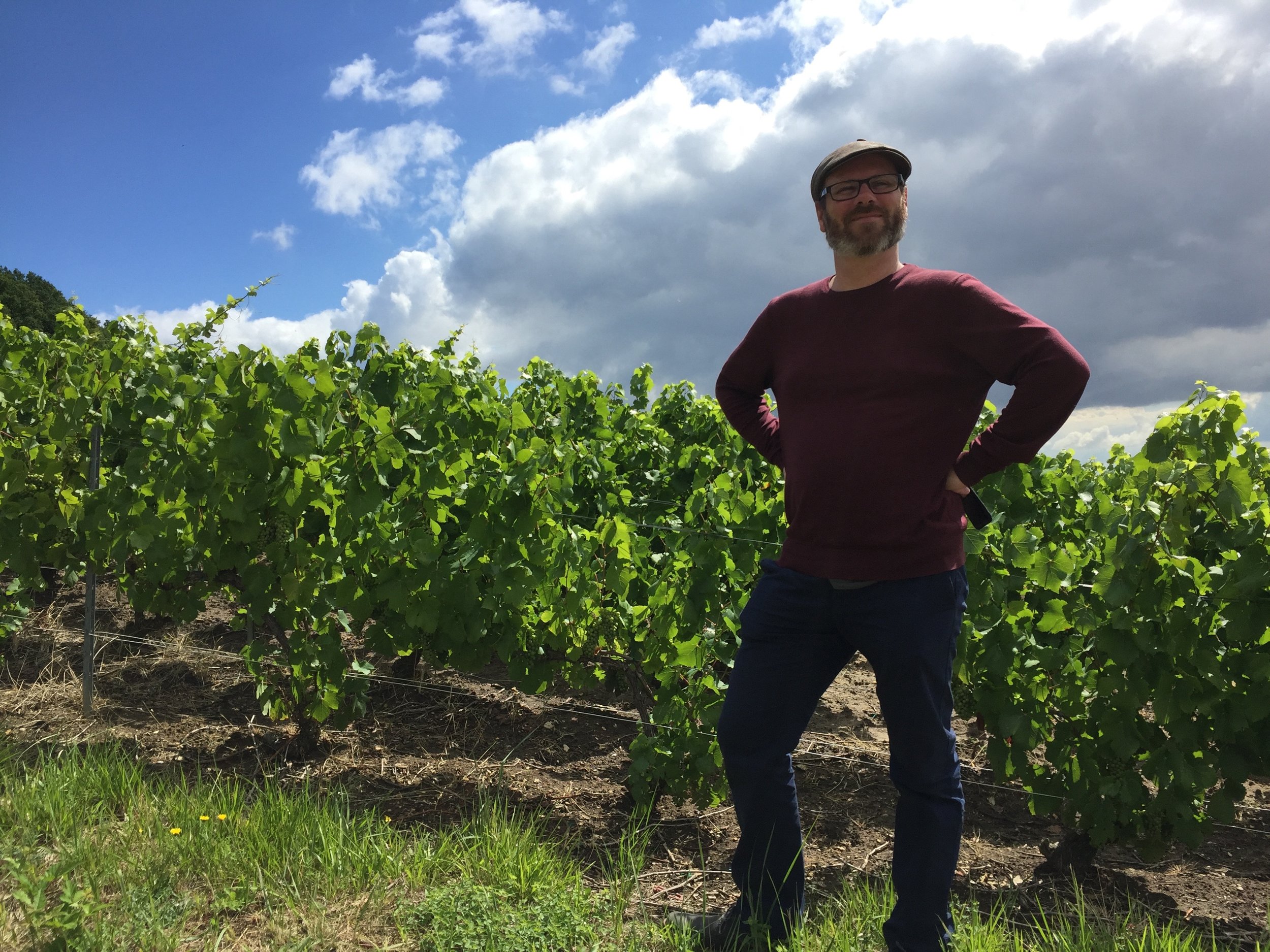The River Rhône
The Rhône is a long river, stretching for 813km from Switzerland to the Mediterranean in southern France. It touches many wine regions, yet is usually simply referred to as “the Rhône” as if it were just one all-encompassing place. The wines made in Switzerland, in the northern Rhône, in the southern Rhône, and in adjacent regions are all distinctively different, and it gets quite frustrating to have to talk about them in connection with each other. So what is “the Rhône”?
It begins in Switzerland, receiving water from a glacier melt that flows to the Mediterranean. It’s quite strange to stand in Avignon, say, in warm southern France and look at a body of water created by ice. At this point, the land around the river is relatively flat, but it starts its journey at around 1,750m elevation, powerfully tumbling down from Switzerland into France becoming more leisurely in its journey. If you know anything about Swiss wine, so little of which is exported, then you’ll think of the extraordinarily steep slopes of Valais which is where the Rhône starts. Since the nineteenth century, there have been adjustments to the flow of the river, creating dams to keep the river under control (although flooding is still an occasional problem). That enabled plantings of fruit and other crops, pushing vines further up the slopes where nothing else could be grown.
The beginning of the Rhône is in German-speaking Switzerland, before moving into French-speaking Valais whose schist, limestone, and gneiss soils help produce supposedly superb Pinot Noir and Gamay—I say supposedly, because I only very occasionally get to taste Swiss wine. It then moves into Vaud and into Lake Geneva, a pristine blue lake, because the sediment has been trapped as the river falls from the mountains—most of the water in the lake comes from the Rhône. There are vines around the lake too, before the river moves into Savoie in France.
The most famous appellations connected to the Rhône are in the northern Rhône. The river makes it way to Lyon, the gastronomic capital of France, where it meets the Saône which is the river of Beaujolais. The confluence of the two rivers is beautiful, with an island between them as they meet—the view at the top of the city of the rivers is just wonderful. The Rhône takes the Saône with it southwards, where it winds back and forth, creating the famous slopes for the appellations of Côte-Rôtie, Condrieu, Hermitage, and Cornas, so difficult to farm they were virtually abandoned by the early 1980s. The importance of these slopes above the river are seen in the vineyards that are not on slopes in St-Joseph and Crozes-Hermitage: the best wines of these two appellations look down directly on the river, the lesser wines are hidden from the river. In fact, a vineyard can only be classified as St-Joseph if you can see the Rhône.
After the city of Valence, the river begins to straighten, slowly pushing towards the Mediterranean. It passes by Die, an isolated region not connected to either the northern or the southern Rhône. Sparkling wine is made here, both traditional method (Crémant de Die) and ancestral method, called locally méthode dioise ancéstral. Die only adds to the confusion of the Rhône: Clairette de Die is dry and made, as the name suggests, from the high-acid Clairette variety; Clairette de Die Doux is confusingly made mostly from Muscat and is sweet and low alcohol. Like the river itself, the wines of the Rhône move in unexpected directions.
And then the river continues into the southern Rhône, where its influence is less important. Vineyards are flatter, though still undulating, as they move away from the river into the mountains towards the Alps. Several appellations are nearby the Rhône, historic regions such as Châteauneuf-du-Pape and its rosé rival Tavel, the combination of sandy and rocky soils caused by the evolution of the river. Maybe Châteauneuf-du-Pape wouldn’t exist without the river. In Roman times, the wines were transported northwards along the river, though they were banned by the Dukes of Burgundy in the Middle Ages. The renegade papacy in the 1300s moved to Avignon, which lies next to the Rhône; various Popes were enamoured of the wines and even when the papacy settled back in Rome, they remained popular. Pope John XXII built a new castle not too far from the river which is where Châteauneuf-du-Pape gets its name. The castle was destroyed in the Second World War: where there’s a river, there’s a war.
The Rhône continues southwards to Arles, where Van Gogh severed his ear in an argument with Paul Gauguin, and then to the Mediterranean. The journey of the river is extraordinary: from Alpine Switzerland, to gastronomic Lyon, to the steep slopes of Hermitage, to the Romans and Popes of the Mediterranean, a song of ice and fire.
listen to the podcast episode on the Rhône on patreon.com/mattswineworld


